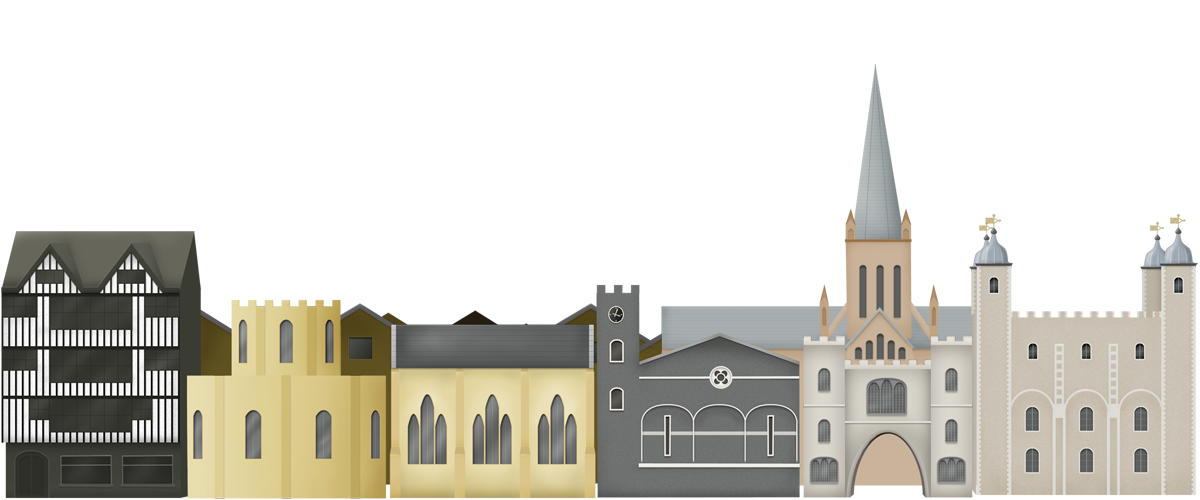The uniform through time
At some charity schools, for example Christ’s Hospital, the uniforms worn by the pupils were never changed, meaning that as years went by, the pupils began to look as if they were in a stage costume. And this happened, too, in the case of judges’ and barristers’ official clothes, which have hardly changed since the time of Sir John Cass.
But the Cass trustees were very practical about what the pupils wore to school. The minute books record each time they agreed on a new design of uniform, and although sadly there are no sketches or examples of the clothes, there is much information about how they changed.
By the 1860s, the boys had suits consisting of a sleeved waistcoat, jacket and trousers, all of blue wool, with a shirt, tie and cap. The girls had dresses, pinafores, capes and felt hats. These costumes have been made to look as much like these uniforms as we can – by this date sewing machines were available, so the long seams were made much more quickly.
By the mid nineteenth century children had ceased to wear smaller versions of adult clothes – children’s clothes were at least somewhat easier to move about in and more comfortable than adults’. Girls up to the age of thirteen or fourteen wore their skirts around mid-calf level and their hair either loose or plaited, and young boys’ suits were rather more comfortably cut than those worn by men. But all children, girls and boys, wore heavy, buttoned or laced boots – the only exception to this was the very poor, who might still wear bundles of rags on their feet.
